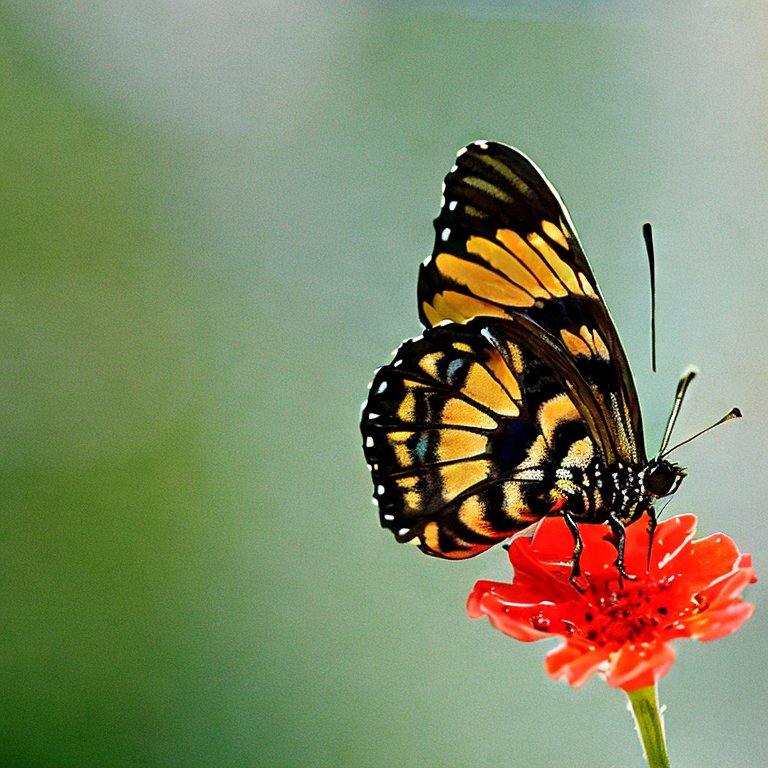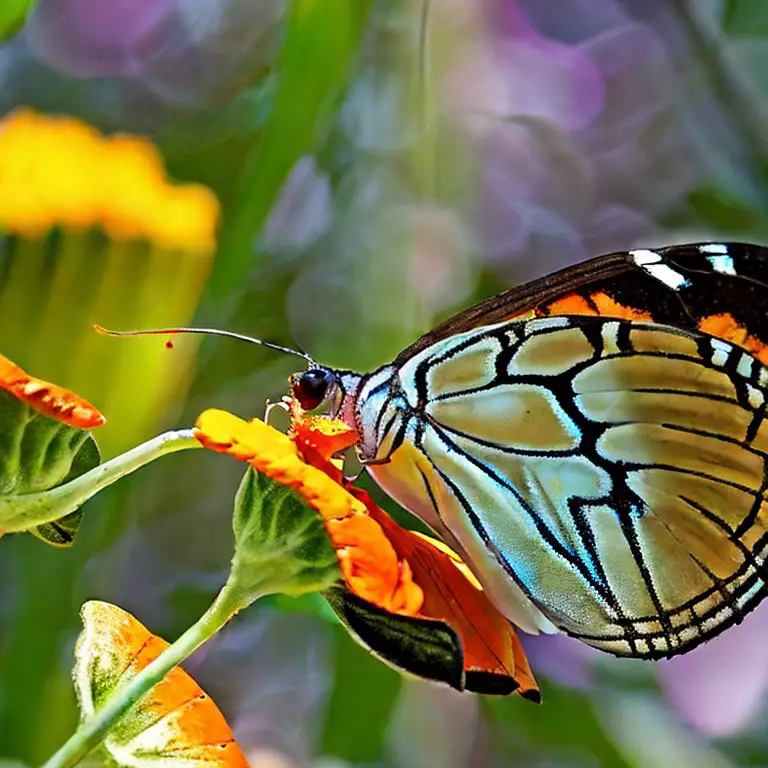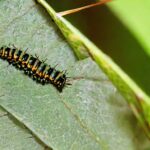
Butterflies are insects that are known for their beautiful, colorful wings and their ability to fly. They can be found in a variety of habitats all over the world, and are important pollinators for many plants. But what do butterflies eat? Are they herbivores, carnivores, or omnivores?
In this article, we will explore the diet and feeding habits of butterflies to better understand their role in the ecosystem.

What are Herbivores?
Herbivores are animals that primarily feed on plants. They are a type of consumer in the food chain, and rely on plants for their energy and nutrients. Herbivores can be found in a variety of habitats all over the world, and come in a range of sizes and shapes.
There are several different types of herbivores, including primary herbivores, which feed directly on plants, and secondary herbivores, which feed on plants that have already been partially consumed by primary herbivores. Some examples of herbivores include cows, goats, deer, rabbits, and elephants.
Herbivores have evolved a number of adaptations to help them extract energy and nutrients from plants. These adaptations may include specialized teeth and digestive systems that are able to break down plant matter, and the ability to extract nutrients from otherwise inedible plant parts.
Herbivores play a vital role in the ecosystem by feeding on plants and helping to control plant growth. They also serve as a food source for carnivores, which are animals that feed on other animals. The relationship between herbivores and plants is an important part of the balance of nature, and helps to maintain biodiversity in the environment.
Overall, herbivores are animals that rely on plants for their energy and nutrients. They play a vital role in the ecosystem and are an important part of the food chain.
What are Butterflies?
Butterflies are a type of insect that is known for their delicate, colorful wings and their ability to fly. They are found in a variety of habitats all over the world, and are important pollinators for many plants.
The scientific name of the butterfly is Lepidoptera. This name is derived from the Greek words “lepis” meaning scale and “pteron” meaning wing, which refers to the tiny scales that cover the wings of butterflies and moths. The order Lepidoptera includes both butterflies and moths, and is one of the largest orders of insects, with over 180,000 known species.
Butterflies have a complex and fascinating life cycle, which begins with eggs being laid on the leaves of plants. The eggs hatch into larvae (caterpillars), which feed on the leaves of the plant. As the caterpillars grow, they eventually enter the pupal stage, during which they undergo metamorphosis and transform into adult butterflies.
There are over 18,000 known species of butterflies, and they can be found on every continent except Antarctica. Butterflies are found in a variety of habitats, including forests, grasslands, gardens, and even urban areas. Some species of butterflies migrate over long distances, while others are found in only a small geographic region.
Butterflies have a number of adaptations that help them to survive, including the ability to regulate their body temperature, conserve water, and protect themselves from predators. They also have a long, tube-like tongue called a proboscis, which they use to extract nectar from flowers.
Butterflies are known for their beautiful, colorful wings, which are made up of tiny scales. The patterns and colors of a butterfly’s wings are often used to help identify different species. Butterflies are also attracted to bright colors, and will often visit flowers that are red, orange, or yellow in color.
Are Butterflies Herbivores?
To answer this question, it is helpful to understand the anatomy and feeding behavior of butterflies. Butterflies have a long, tube-like tongue called a proboscis, which they use to extract nectar from flowers. Nectar is a sweet, sugary substance produced by plants to attract pollinators such as butterflies. The butterfly’s proboscis is flexible and can be coiled up when not in use, and uncoiled to reach deep into the flower to access the nectar.
Butterflies are primarily herbivorous, meaning that they feed on plants. In addition to nectar, butterflies may also feed on other plant substances such as pollen, sap, and fruit. Some species of butterflies, especially those in the larval stage (caterpillars), may also feed on the leaves of plants.
While butterflies primarily feed on plants, they may also occasionally feed on other substances such as mud, rotting fruit, and even animal dung. These non-plant substances are thought to provide butterflies with additional nutrients, such as minerals and amino acids, that they cannot obtain from plants alone. (See also: Is a Caterpillar a Herbivore?)

Butterflies play a vital role in the ecosystem as pollinators. When they feed on nectar from flowers, they also transfer pollen from one flower to another, which helps to fertilize the plants and allow them to produce seeds and fruit. This process is essential for the reproduction and survival of many plant species, and helps to maintain biodiversity in the environment.
In summary, butterflies are primarily herbivorous, feeding on plants such as nectar, pollen, sap, and fruit. However, they may occasionally incorporate other substances into their diet for additional nutrients.
Final Thoughts
In conclusion, we have learned that butterflies are primarily herbivorous, feeding on plants such as nectar, pollen, sap, and fruit. These beautiful insects play a vital role in the ecosystem as pollinators, helping to fertilize plants and maintain biodiversity.
With over 18,000 known species, butterflies can be found in a variety of habitats all over the world and are adapted to survive in a range of environmental conditions. While their delicate appearance may suggest fragility, butterflies are actually quite hardy and are able to withstand a variety of challenges.
Overall, butterflies are fascinating creatures that are worth learning more about and appreciating.
Lance has been passionate about the plant-based diet and we have been following a whole food plant-based diet for over 5 years. We focus on health, natural healing, weight management, animal rights, and the health of the planet and environment by focusing on whole plant-based foods and sustainable practices.
Learn more at the About Me page and follow on social media at the links below.






